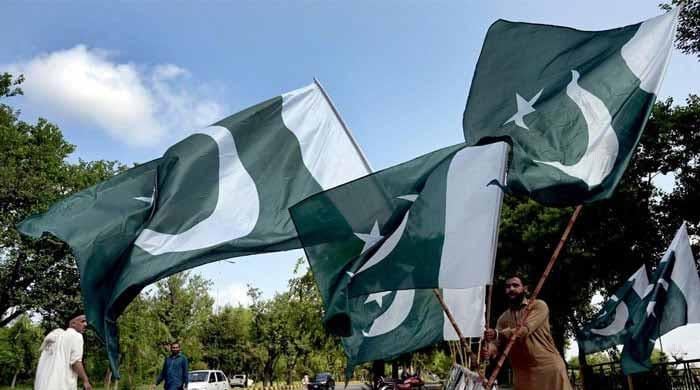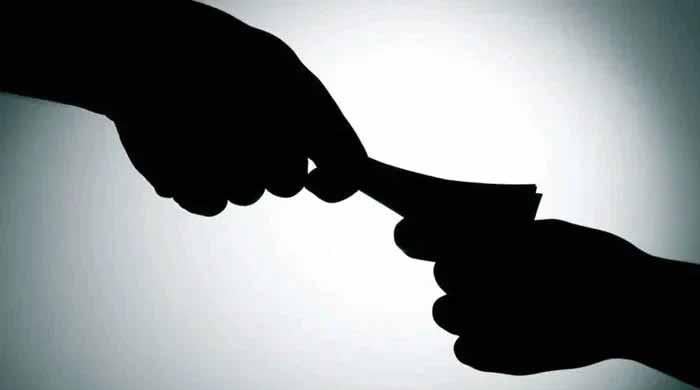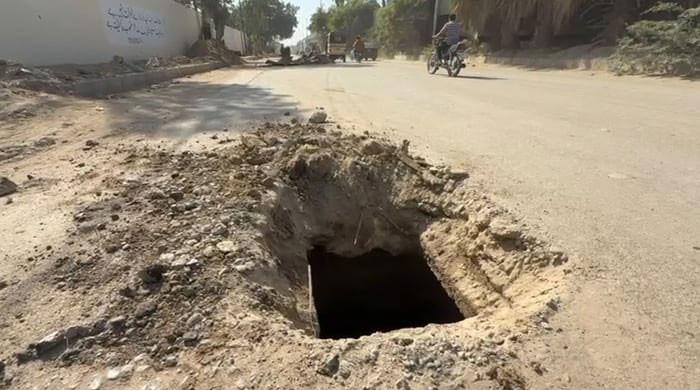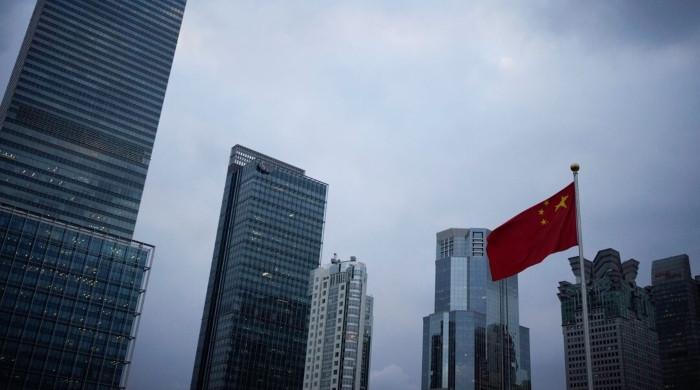Knife Rider: When media ethics take a back seat
Today, a large chunk of Pakistan’s population has access to the electronic media. Televisions and radios are now undeniably the most powerful influencers in our society. With...
October 14, 2017

Today, a large chunk of Pakistan’s population has access to the electronic media. Televisions and radios are now undeniably the most powerful influencers in our society. With that in mind, there has been much debate recently about what the media’s responsibility should be. How should it conduct itself? And can it afford to run programs that instigate hate or violence?
On Thursday, the Economist released its 'Safe Cities Index 2017', ranking 60 major cities, looking at their crime rates, road safety and healthcare, amongst other indicators. Karachi, Pakistan’s financial capital, was listed in the bottom ten.
It reminded me of a conversation I once had with a foreign diplomat, who was keen to bring more investment to the city. “While there are serious problems in Karachi,” he said, “but Pakistani television channels scare away more people. Reporting the news is one thing, but how you package it is very important.”
Karachi can be unsafe, admittedly. But there is another side to the story. Despite the terrorism, the crime and bloodshed, very few people have migrated out of the city and very rarely has the city come to a standstill.
This is a story that the media does not pick up on.
Unfortunately, in this cycle of unverified reports and sensationalism, the media sometimes finds itself caught in the web and becomes a victim as a result. In the last 15 years, some 120 journalists have been killed in Pakistan.
So then, how does the media decide what to publish, when and how?
Let’s take the example of the recent series of drive-by attacks on women in Karachi. In nine days, a man has injured 16 women with a knife. Initially, the reports were limited to Karachi, but then one incident was reported from Lahore and another from Gujranwala, Punjab. Now, this could be the doing of a single gang, spread out in the country. Or the attacks in Karachi have led to copycat attacks elsewhere.
The moment it began, it was a big story. Journalists hoped to bring it to the notice of the police, in order to ensure that the culprit is caught. But then it became an obsession, being repeatedly played on the top of every news bulletin. The way it was telecast and presented, created panic and fear across two provinces. Women were forced to stay indoors in the affected areas. A young girl from a private university told me, “boys on motorcycles harass us and mockingly claim that they could be carrying a knife if we are not careful.”
The questions being asked should be: why has this man picked Gulistan-e-Johar as his area of target? Have there been any such incidents in the past? What can the law enforcement agencies do to protect the women?
Which brings us to the next unethical practice being mainstreamed by media houses. At a time of security concerns, should journalists report the sensitive deployment and positions of police and other agencies? Reporters here pride themselves in obtaining CCTV footage of a suicide attack or security detail. We then telecast without blurring the faces of men detained and later released, or the crowd in general. We interview victims and their families without a care for their safety once we leave.
From my early days of reporting, I still remember an incident, when a man committed suicide after a newspaper reported that his three daughters blackmailed a tabloid while applying for a job. The police later found a note by the man holding the newspaper responsible for his death.
“My daughters were innocent,” he wrote.
That was a time when TV wasn’t as powerful and yet the practices were the same.
These days there are several examples to learn from regarding what not to do. Take actress Qandeel Baloch’s case. How the media played her story? And the happenings that led to her tragic killing? Similarly, the interview that many say led to Mumtaz Qadri being incited against the former Governor of Punjab Salman Taseer. Could the two have been saved, had the media shown some ethical and professional responsibility?
Sometimes there may be compelling enough reasons for a reporter to withhold information that may hurt public-interest.
Half the criticism against TV channels will die down if we promote professionalism, over commercialism. Marketing is an essential part of any enterprise, but if marketing managers start setting the tone or direction of news items then it could result in dire consequences.
In a way, news reports are First Information Reports (FIRs). They provide the first bits of information. But after every FIR the investigation begins to determine the facts from fiction. Let us, journalists, also separate facts from fiction and present the facts as facts and nothing else.
—Abbas is a senior columnist and analyst of GEO TV, The News and Jang. He tweets @MazharAbbasGEO
Note: The views expressed by the author do not necessarily reflect the official policy or position of Geo News, The News or the Jang Group









